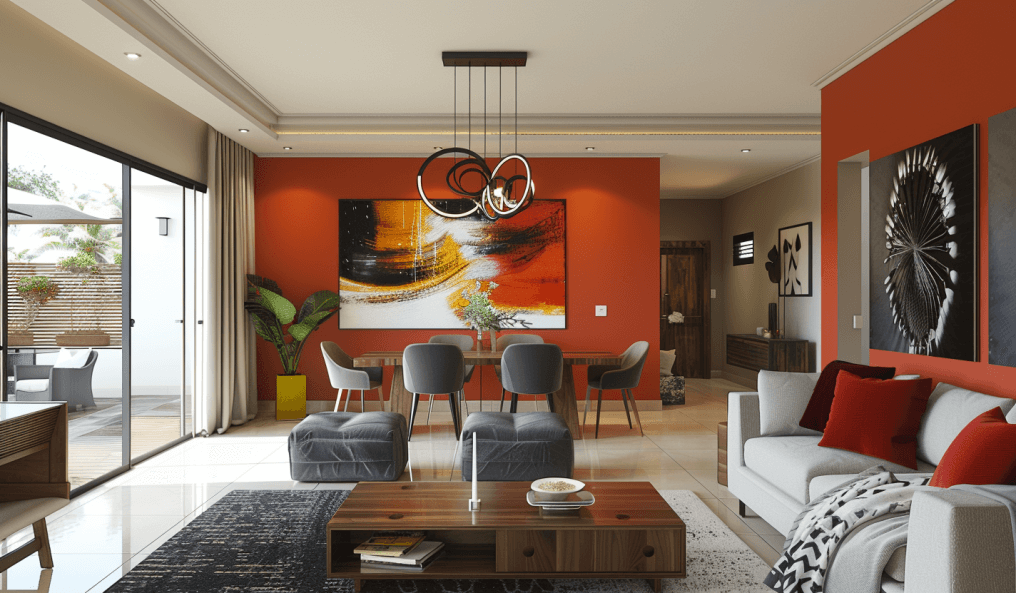- The concept of colour is a powerful one.
- With the recent growth in new apartments in the country, a lot has changed. Landlords are now more conscious and aware when it comes to the kind of tiles, colour, and finishing they use in their apartments.
- The right colour has the ability of turning a chaotic room into a calm one and turning a dull room into a vibrant one.
- Strategic colour placement also affects perception; for instance, lighter upper walls and darker lower walls can make ceilings seem higher.
Unbeknownst to most, the concept of colour is a powerful one. Colour has the ability to change your mood, brighten a space, and even create the illusion of a room’s size. It can transform an entire room, making it either desirable or undesirable.
In Kenyan homes, interior decor has become a significant trend. In the past, people cared less about it. In fact, there is a never-ending joke about the typical colour scheme of most rental apartments. Many older Kenyan apartments feature cream-coloured walls, popularly known as “the landlord colour.” Additionally, these walls are often paired with tiles that have numerous patterns, adding to the eclectic aesthetic.
With the recent growth in new apartments in the country, a lot has changed. Landlords are now more conscious and aware when it comes to the kind of tiles, colour, and finishing they use in their apartments. This leads us to today’s discussion: the psychology of colour. About four years ago, the world was hit by a devastating pandemic, COVID-19.
The high rate of infection and the unfortunate deaths of many people caused governments to take measures into their own hands and enforce lockdown protocols. As a result, most people were restricted to their homes. Social gatherings were banned, people began working from home, and overall socialisation decreased significantly.
Being forced to stay indoors made people more aware of their living spaces and brought about a desire to make their homes cozy and appealing. Consequently, many people started redecorating their spaces by changing the colour of their rooms, among other things. This situation prompted a deeper understanding of the importance of cozy spaces, highlighting the significance of colour. So let’s get into why colour is so important shall we?
READ ALSO: Lighting in Home Decor: Painting with Shadows and Light
Table of Contents
1. Colour is a bin mood enhancer
Colour is a big mood enhancer and directly affects our emotions and well-being. The right colour has the ability of turning a chaotic room into a calm one and turning a dull room into a vibrant one. For example, bright colours like yellow and orange are known to evoke feelings of happiness and enthusiasm, making them perfect for spaces where activity and social interaction are encouraged.
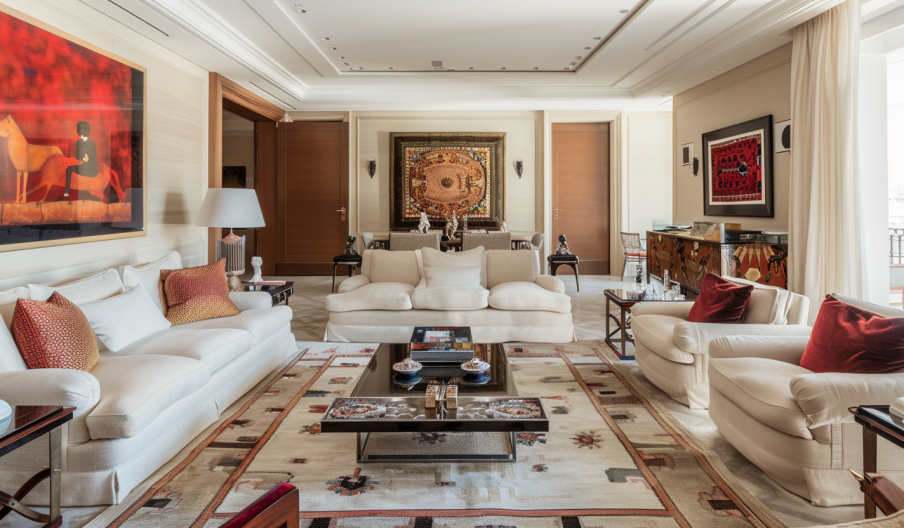
In contrast, cool colours like blue and green can induce a sense of tranquility and relaxation, ideal for bedrooms and bathrooms. Neutral tones, such as beige and grey, provide a balanced backdrop that can soothe and comfort while allowing other design elements to stand out. By understanding and utilising the psychological effects of colour, we can create environments that enhance our mood and improve our overall quality of life.
2. Perception of Space
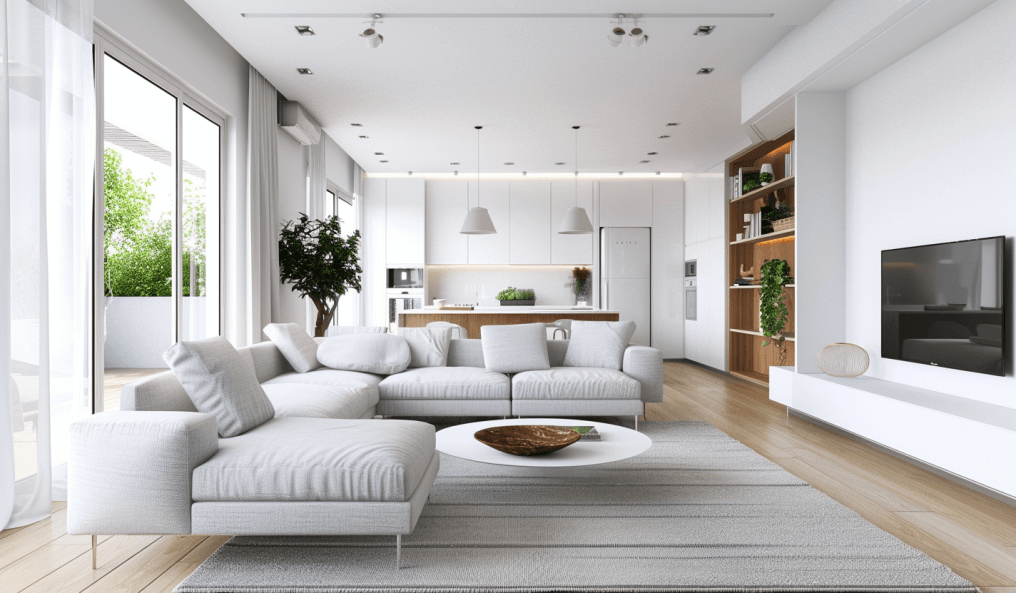
Did you know that colour can alter our perception of space, making rooms appear larger or smaller? Light colours like whites, pastels, and neutrals reflect more light, creating a sense of openness and making small rooms feel expansive. Conversely, dark colours absorb light, making large rooms feel cosier and more intimate.
Strategic colour placement also affects perception; for instance, lighter upper walls and darker lower walls can make ceilings seem higher. Cool colours like blues and greens recede, while warm colours like reds and oranges advance, influencing how we perceive room dimensions. Using these principles, you can enhance the perceived size and atmosphere of any room.
READ ALSO: How to Transform Your Space on a Budget
3. Functionality and Purpose
Different rooms serve distinct purposes, and colour plays a crucial role in enhancing their functionality. For example, warm colours like red and orange stimulate appetite and conversation, making them ideal for kitchens and dining rooms. In contrast, cool colours such as blue and green promote relaxation and concentration, making them perfect for bedrooms and home offices.
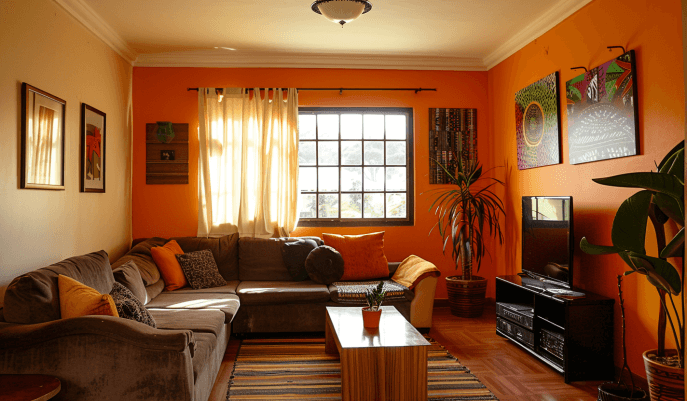
Neutral colours like beige and grey provide versatility and can be used in living rooms and hallways to create a calm, balanced environment. By choosing colours that complement the intended use of each space, you can create an atmosphere that supports the room’s function and enhances its overall effectiveness
4. Creates Cohesion within the Home
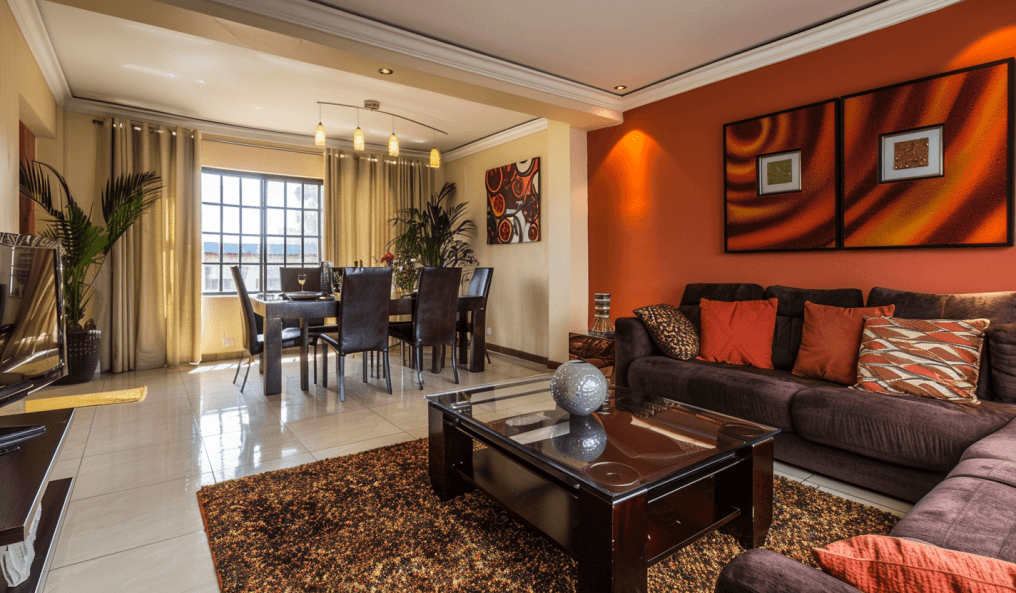
Colour coordination within a home is not only aesthetically pleasing but also creates a sense of cohesion and harmony. A consistent colour scheme throughout the house can establish a seamless flow from one room to the next, enhancing the overall design and making the space feel more organised and unified. This sense of order contributes to a calming atmosphere, which is beneficial for the well-being of the occupants.
READ ALSO: Wallpaper vs Paint: Pros and Cons
Conclusion
Carefully selecting complementary colours ensures that different areas of the home work together in visual harmony, creating a balanced and inviting environment. By thoughtfully choosing and coordinating colours, you can achieve a cohesive look that supports both the functionality and the emotional comfort of the home’s inhabitants.
In conclusion, it’s clear that colour is more than just a superficial aspect of home design; it’s a powerful tool that significantly impacts our mental health and overall well-being. By understanding the psychological effects of colour and being intentional in our colour choices, we can create spaces that not only look appealing but also nurture our emotions and support our daily lives. Your home should be your sanctuary, a place of comfort and refuge from the outside world. So take charge of your home today by thoughtfully selecting colours that promote relaxation, creativity, and positivity, ensuring that every corner of your living space contributes to your happiness and peace of mind.
